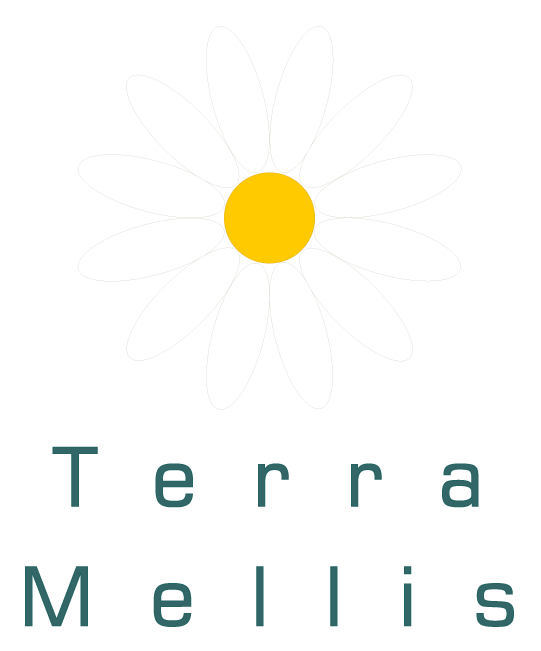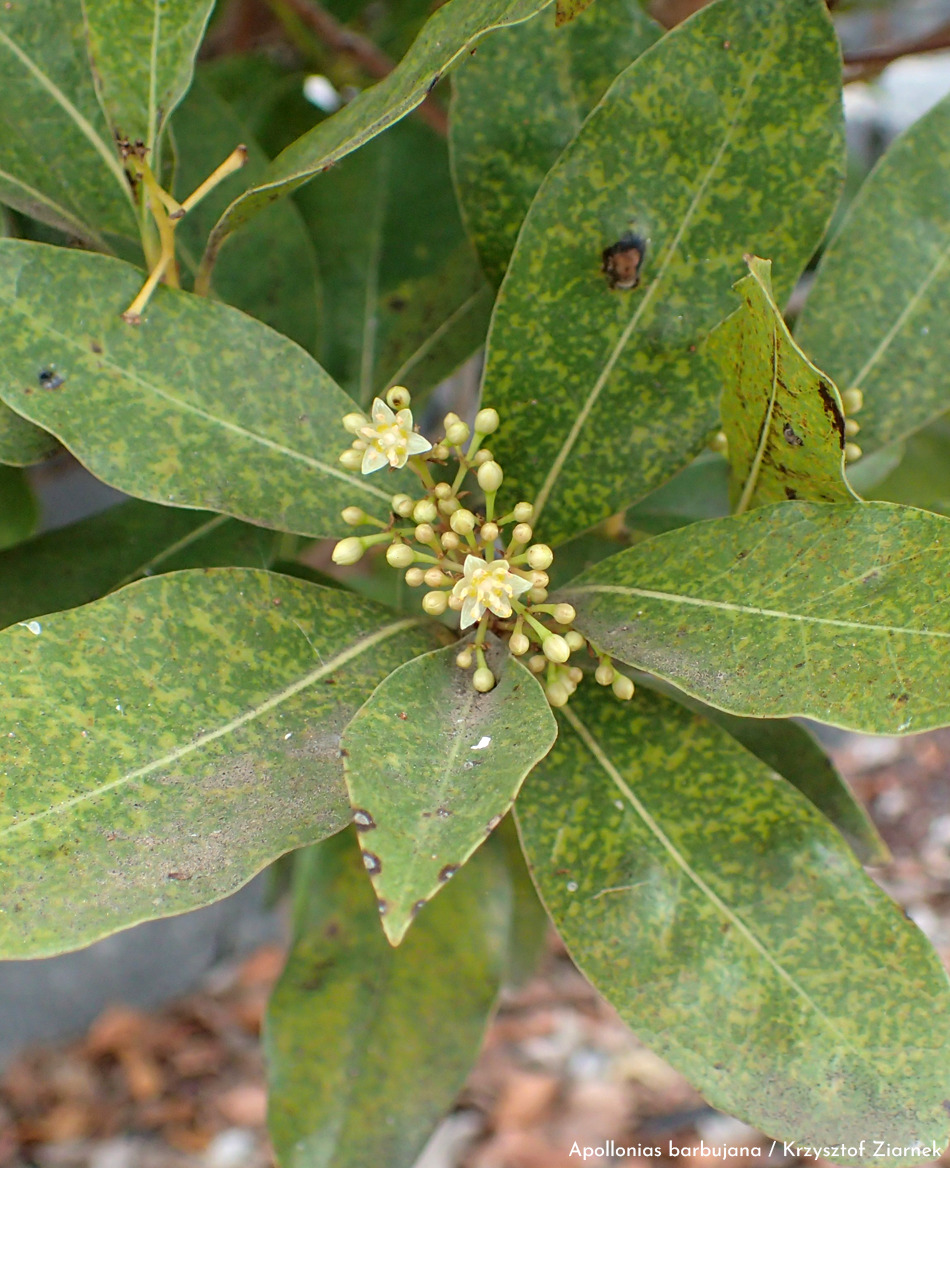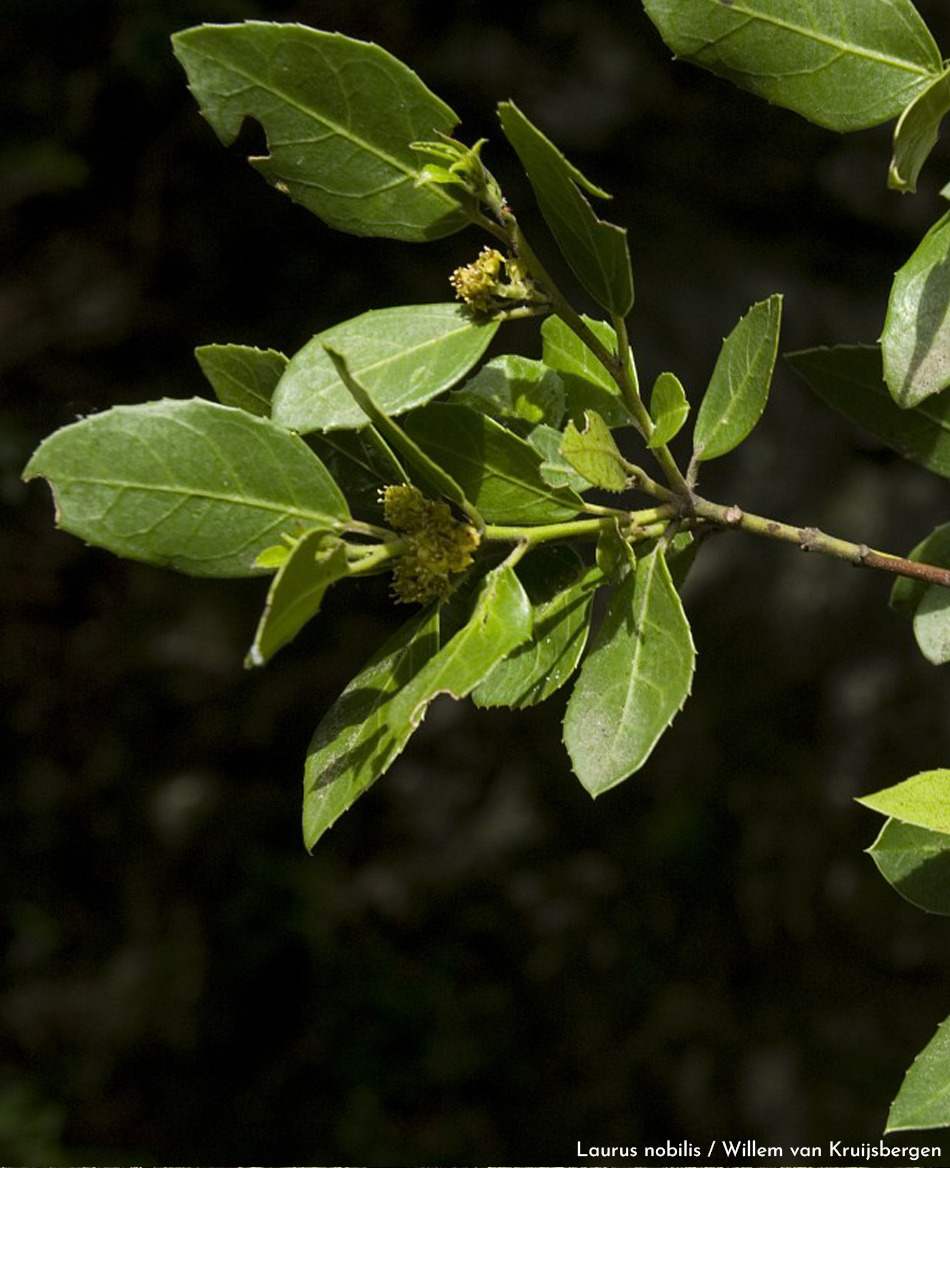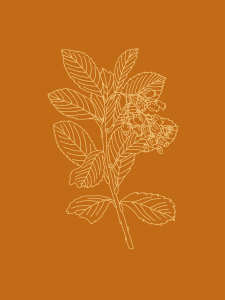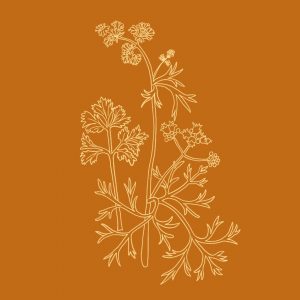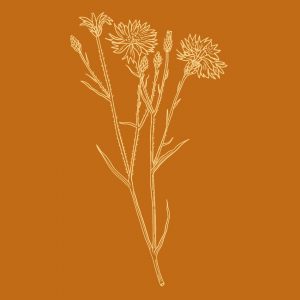Laurisilva (in Spanish) or laurissilva (in Portuguese) is a term for some of the subtropical humid forests in Macaronesia (Madeira, Canary Islands, Azores). These forests are what is left of the huge one that covered, in the Paleogene, the area of today’s Mediterranean Sea, southern Europe and northern Africa. With the Quaternary glaciations, this vast forest disappeared from Europe. Traces still exist today in Madeira, the Azores, the Canary Islands and a small area off the Mauritanian coast.
Madeira has the largest area of laurel forest, dominated by laurel species (hence the forest’s name – ‘laurel forest’), many of which are endemic to the Macaronesian archipelago. The genus Laurus contains only three species, two of which are found only in Macaronesia; out of which only Laurus nobilis has survived in continental Europe.
Although laurel forest honey is a nectar honey, it has organoleptic characteristics that make it similar to honeydew honey. It remains liquid for a long time, is very dark in colour (almost black), has a distinctive taste and an intense, woody aroma. It is produced in Madeira, where the forest covers a much larger area than on the other islands.
